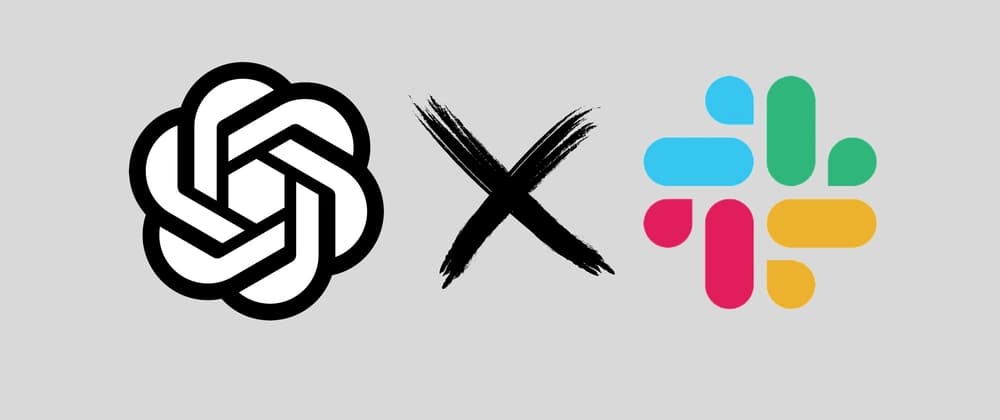Slack is one of the most widely used communication tools for teams, and with the integration of OpenAI’s ChatGPT, it becomes an even more powerful tool. ChatGPT is a highly advanced language model that can generate human-like responses to a given prompt. In this blog, we will show you how to integrate ChatGPT with Slack and use it to answer questions and have conversations with your team members.

Note: the API has a higher uptime compared to the ChatGPT UI 😄
1. Register an app with Slack and gather all the tokens
First step is to register a new app on Slack and obtain the Slack Bot Token and Slack API Token.
- Log in to your Slack workspace and Go to Slack API website.
- Click on “Create an app” and select “From scratch”
- Give your app a name, select your Slack workspace.
- In Basic information > Add features and functionality. Click on “Permissions” and in Scopes add in Bot Token Scopes: app_mentions:read ; channels:history ; channels:read ; chat:write.
- In settings, click on “Socket Mode”, enable it and give the token a name. Copy the Slack Bot App Token.
- In Basic information > Add features and functionality. Click on “Event Subscriptions” and enable it. Furthermore in “Subscribe to bot events” select “app_mention”. Save changes.
- Go to the “OAuth & Permissions” section and install your app to your workspace.
- Copy the Slack Bot Token.
2. Get the OpenAI API key . [ Valid for a month for free users ]
Need to have a OpenAI API key to integrate ChatGPT.
- Go to OpenAI website.
- Go to API ket section and create a new API key after you login.
- Copy the API key.
3. Install necessary dependencies
pip install openai
pip install slack-bolt
pip install slack
Install these dependencies . Slack - bolt is a bunch of tools and libraries that allow developers to easily create Slack applications.
- Run the application
Fill in the first 3 tokens in this script with your tokens and run the application.
SLACK_BOT_TOKEN = "xoxb-2196501177986-5475158173799-DTxoGAJMjSrqZ1UbKJQDRkYq"
SLACK_APP_TOKEN = "xapp-1-A05DZ02E7JT-5502278073649-6d0d2eabadfa2388189e2bd414393d764d87de68f4df7234f2e87a421eba9440"
OPENAI_API_KEY = "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"
import os
import openai
from slack_bolt.adapter.socket_mode import SocketModeHandler
from slack import WebClient
from slack_bolt import App
# Event API & Web API
app = App(token=SLACK_BOT_TOKEN)
client = WebClient(SLACK_BOT_TOKEN)
# This gets activated when the bot is tagged in a channel
@app.event("app_mention")
def handle_message_events(body, logger):
# Log message
print(str(body["event"]["text"]).split(">")[1])
# Create prompt for ChatGPT
prompt = str(body["event"]["text"]).split(">")[1]
# Let the user know that we are busy with the request
response = client.chat_postMessage(channel=body["event"]["channel"],
thread_ts=body["event"]["event_ts"],
text=f"Hello LazyPay junkies !! :robot_face: \nThanks for your request, I'm on it!")
# Check ChatGPT
openai.api_key = OPENAI_API_KEY
response = openai.Completion.create(
engine="text-davinci-003",
prompt=prompt,
max_tokens=1024,
n=1,
stop=None,
temperature=0.5).choices[0].text
# Reply to thread
response = client.chat_postMessage(channel=body["event"]["channel"],
thread_ts=body["event"]["event_ts"],
text=f"Here you go: \n{response}")
if __name__ == "__main__":
SocketModeHandler(app, SLACK_APP_TOKEN).start()
Add here we go !! Add your bot to a channel in the integration tab. :rocket:
